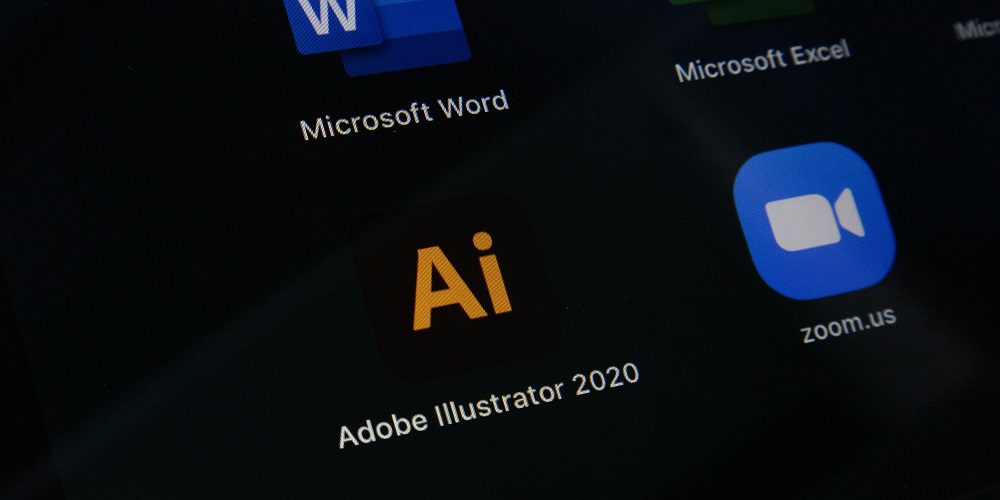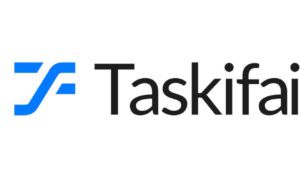Introduction
In the dynamic realm of technology, Virtual Reality (VR) has emerged as a groundbreaking frontier, revolutionizing the way we interact with digital content. Businesses and developers are increasingly drawn to the immersive experiences VR apps offer, but a crucial question lingers: How long does it take to create a VR app? In this comprehensive guide, we will delve into the intricacies of VR app development, exploring the factors that influence the timeline and providing insights for a realistic perspective.
I. The Planning Phase (Days 1–10):
Before diving into the actual development process, meticulous planning is paramount. This phase involves defining the project scope, outlining objectives, and determining the target audience. The duration of the planning phase can vary based on the complexity of the VR app. Simple applications may require just a few days of planning, while more sophisticated projects could extend this phase up to two weeks.
1. Define objectives and scope:
a. Purpose Identification: Clearly articulate the primary purpose of the VR app. Whether it’s for educational, entertainment, or business purposes, having a well-defined objective is essential.
b. Scope Definition: Outline the specific features and functionalities that the VR app will encompass. This involves determining the depth and breadth of the app’s capabilities.
2. Target Audience Analysis:
a. Demographic Profiling: Understand the demographic details of the intended users, including age, gender, location, and preferences. This information will shape the design and content of the VR app.
b. User Persona Creation: Develop detailed user personas to represent the characteristics and behaviors of the target audience. This helps in tailoring the app to meet the needs and expectations of users.
3. Market Research:
a. Competitor Analysis: Examine existing VR apps on the market that cater to a similar audience or purpose. Identify both strengths and weaknesses to position the new app strategically.
b. Unique Selling Points (USPs): Determine the unique features or aspects that will set the VR app apart from existing competitors. This could include innovative functionalities, a superior user experience, or a distinctive design.
4.Feasibility Study:
a. Technical Feasibility: Assess the technical feasibility of implementing the planned features. Consider the available technology stack, potential challenges, and any technological constraints.
b. Resource Evaluation: Evaluate the availability of resources, including skilled developers, VR hardware, and budget constraints. This assessment helps in aligning expectations with practical constraints.
5. Risk Assessment:
a. Identification of Risks: Identify potential risks and challenges that might arise during the development process. This could include technical challenges, unforeseen market changes, or resource limitations.
b. Risk Mitigation Strategies: Develop strategies to mitigate identified risks. This proactive approach ensures that potential obstacles are addressed in a timely and efficient manner.
6. Project Timeline:
a. Phased Development Plan: Create a detailed project timeline outlining the various phases of development. This includes milestones for planning, design, development, testing, and deployment.
b. Resource Allocation: Allocate resources and team members to different phases based on their expertise and the requirements of each stage.
7. Stakeholder Alignment:
a. Client Meetings: Engage in regular meetings with clients or key stakeholders to align expectations and gather additional insights. This iterative process ensures that the project remains on track and meets the client’s vision.
II. Design and Prototyping (Days 11–30):
Once the planning is complete, the focus shifts to the design and prototyping phases. Designers and developers collaborate to create a blueprint for the VR app, mapping out user interfaces, interactions, and overall aesthetics. This phase typically lasts from 10 to 20 days.
Conceptualize User Interface (UI) and User Experience (UX):
a. Create wireframes and mockups to visualize the app’s design.
b. Ensure an intuitive and user-friendly interface.
Prototyping:
a. Develop a functional prototype to test key interactions.
b. Gather feedback and make the necessary adjustments.
Design Approval:
a. Obtain client or stakeholder approval for the final design.
b. Finalize the design elements and assets.
III. Development (Days 31–90):
The development phase is where the VR app takes shape. This stage involves coding, integrating features, and ensuring compatibility across different VR platforms. The duration can vary widely, with simpler apps taking around a month and more complex applications extending up to three months.
1. Coding and Programming:
a. Develop the backend and frontend of the VR app.
b. Implement the features and functionalities outlined in the planning phase.
2. Testing and Quality Assurance:
a. Conduct rigorous testing to identify and rectify bugs.
b. Ensure seamless performance across various VR devices.
3. Integration of VR Hardware:
a. Ensure compatibility with different VR headsets and controllers.
b. Optimize the app for a diverse range of VR hardware.
IV. Deployment and Testing (Days 91–120):
As the development phase concludes, the VR app undergoes deployment and testing. This involves releasing the app to a limited audience for beta testing, collecting valuable feedback, and making final refinements. The deployment and testing phase typically spans one to four weeks.
1. Beta Testing:
a. Release the VR app to a select group of users.
b. Gather feedback on user experience, performance, and any potential issues.
2. Refinement:
a. Address issues identified during beta testing.
b. Fine-tune the app for optimal performance.
3. Final Testing:
a. Conduct comprehensive testing to ensure all issues are resolved.
b. Verify compatibility with the latest VR platforms and devices.
V. Launch and Post-Launch Support (Days 121 onward):
The final stretch involves the official launch of the VR app. The duration of this phase can vary depending on the marketing strategy and post-launch support requirements.
1. Official Launch:
a. Release the VR app to the public through app stores or dedicated platforms.
b. Implement marketing strategies to maximize visibility.
2. Post-Launch Support:
a. Address user feedback and promptly release updates.
b. Monitor the app’s performance and address any emerging issues.
Conclusion:
The timeline for creating a VR app is influenced by various factors, including the complexity of the project, the scope of features, and the level of testing required. While a simple VR app may be developed in as little as three months, more elaborate projects can extend the timeline to six months or more. Understanding each phase of development and allocating time accordingly is crucial for delivering a high-quality VR app that meets both user expectations and business objectives. As technology continues to evolve, the timeline for creating VR apps is likely to become more streamlined, making immersive experiences more accessible to a broader audience.



































